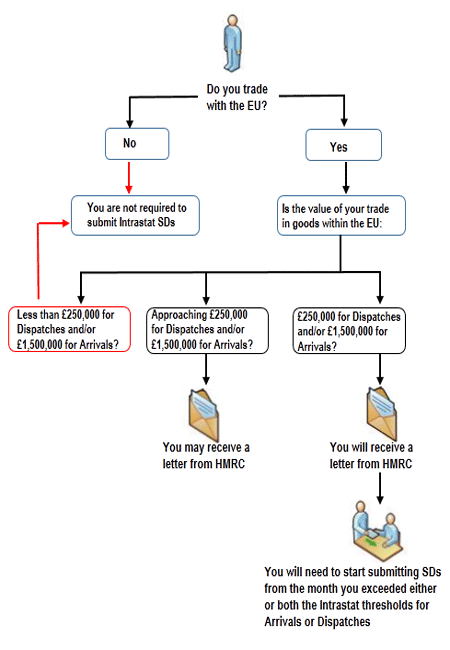Further to my article which sets out the basis of these changes, I look further at the measures which will be introduced on 1 October 2019. Time is running out for businesses in the building and construction sector to understand the impact of the new rules and to make arrangements to implement the required changes. These will include:
- cashflow implications
- accounting procedures
- processes
- tax compliance
- documentation
- systems
Background
HMRC will introduce the Reverse Charge (RC) to combat Missing Trader Fraud (MTF). The rules avoid suppliers charging and being paid VAT but failing to declare or pay this over to the government. HMRC has identified the building trade as an area where there has been considerable tax leakage in the past. The UK has introduced similar measures in response to criminal threats for mobile telephones, emissions allowances, gas, electricity and electronic communications. A domestic reverse charge only applies to supplies between UK taxable persons therefore unless the customer is registered or liable to be registered for VAT it will not apply.
The RC will make supplies of standard or reduced rated construction services between construction or building businesses subject to the domestic RC, which means that the recipient of the supply will be liable to account for VAT due, instead of the supplier. Consequently, the customer in the construction industry receiving the supply of construction services will be required to pay the VAT directly to HMRC rather than paying it to the supplier. It will be able to reclaim this VAT subject to the normal VAT rules. The RC will apply throughout the supply chain up to the point where the customer receiving the supply is no longer a business that makes supplies of construction services (a so-called end user, see below).
The supplies to which the RC will apply are set out here
Further information on the RC in general, including invoicing requirements are to be found in VAT Notice 735
Technical
As a general rule, it is the supplier of goods or services who is required to account for VAT on those supplies. However, the VAT Act 1994, section 55A requires the recipient, not the supplier, to account for and pay tax on the supply of any goods and services which are of a description specified in an order made by the Treasury for that purpose.
The final version of the draft legislation has now been published. In addition HMRC have issued guidance notes which include a helpful flowchart.
Mixed supplies
If there is a RC element in a supply, then the whole supply will be subject to the RC. This is to make it simpler for both supplier and customer and to avoid the need to apportion the supply.
End user
End users will usually be recipients who use the building or construction services for themselves, rather than sell the services on as part of their business of providing building or construction services.
VAT Returns
Suppliers
Suppliers applying the RC do not enter a figure for output tax in box 1 of the VAT Return, but should enter the value of such sales in box 6.
Customers
Customers must enter the output tax on purchases to which the RC applies in box 1 of the VAT Return, but must not enter the value of such purchases in box 6. They may reclaim the input tax on the RC purchases in box 4 of the VAT Return and include the value of the purchases in box 7, in the normal way.
Implementation
HMRC state that it understands the difficulties businesses may have in implementing the domestic RC and say it will apply a light touch in dealing with related errors that occur in the first six months after introduction.
Action
It is prudent to check whether you, or your clients’ businesses will be affected by these changes. If so, plans need to be put in place; whether as a supplier or recipient, to ensure that VAT is not charged incorrectly (supplier) and the RC is applied correctly (recipient). It is likely that output tax incorrectly shown on an invoice will be due to HMRC but will not be recoverable by the recipient and the omission of levying the RC will lead to penalties. It will also be helpful for smaller construction providers affected by the RC to examine the impact on their cashflow.
Please contact us if you have any queries or require further information.

